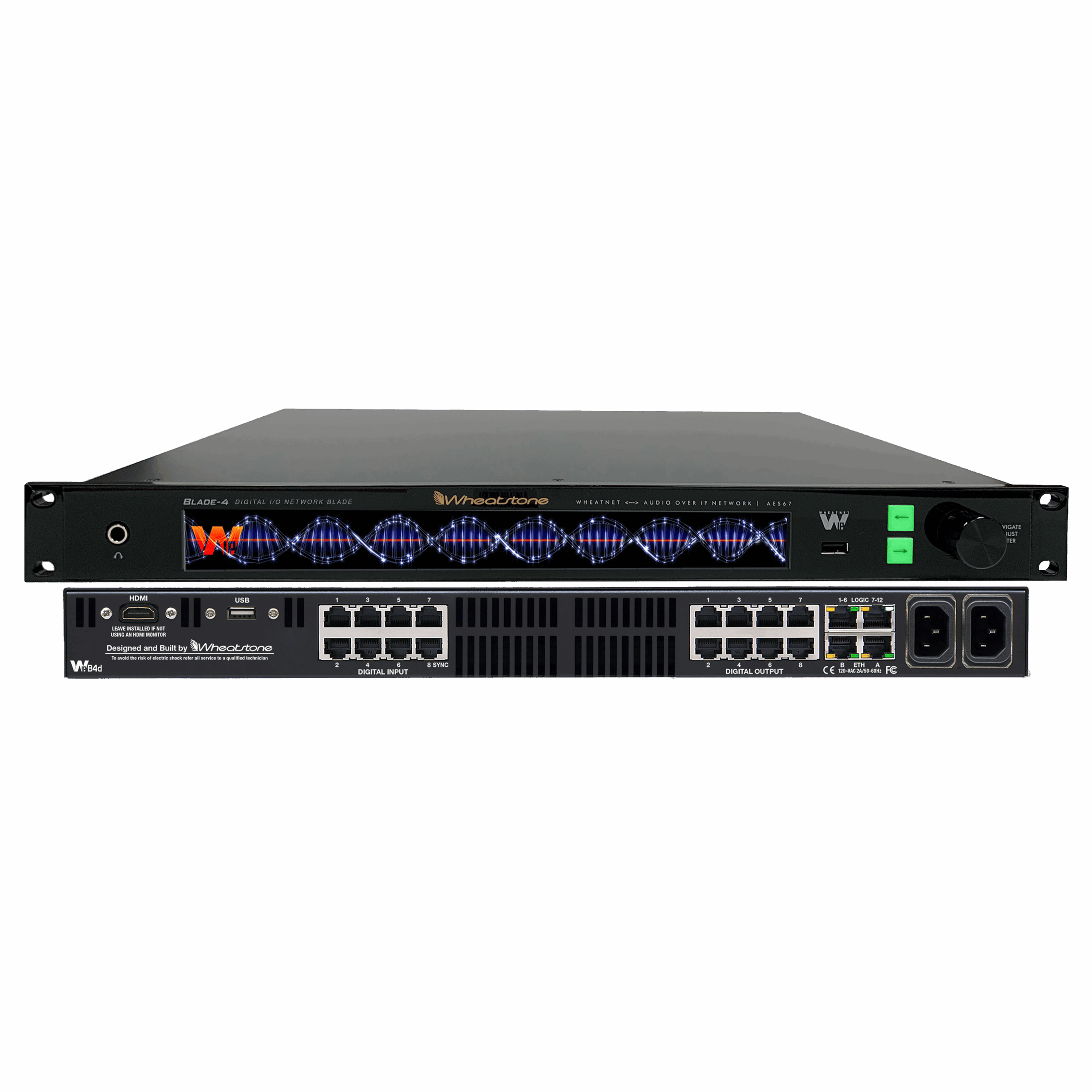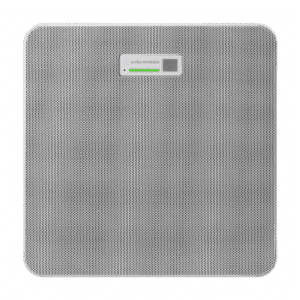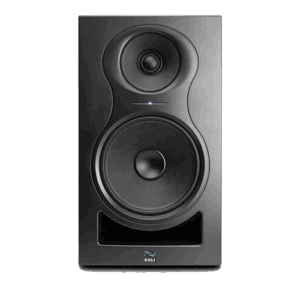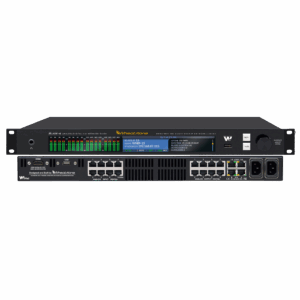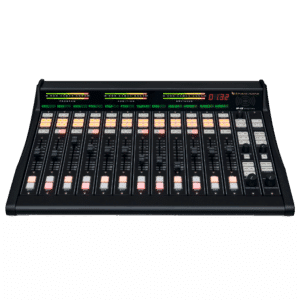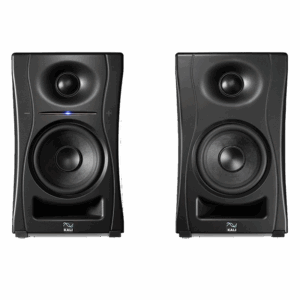Upgrade your studio with the Wheatstone IP88-4D Blade 4, a groundbreaking advancement in audio over IP technology that consolidates key components into one streamlined unit. As a fourth-generation WheatNet-IP I/O unit, the IP88-4D Blade 4 goes beyond simple connectivity by integrating audio processing, mixing, routing, and control into a unified AoIP environment, all powered by an intuitive built-in operating system.
Designed to deliver superior streaming capabilities, the IP88-4D Blade 4 is equipped with high-quality codecs like Opus, MP3, and AAC, ensuring flawless audio transmission between professional studios and remote broadcast setups. It also features dual audio clip players that allow direct playback from USB drives, reducing the demand on your studio’s storage space and expanding functionality.
To meet contemporary and future broadcasting standards, the IP88-4D Blade 4 supports AES67 and SMPTE ST 2110 protocols, ensuring compatibility with NMOS discovery and a wide range of AES67 networks. This future-proof capability ensures that your studio remains at the forefront of broadcast technology and is prepared for advancements in media production and distribution.
The IP88-4D Blade 4 enhances audio processing with two 8×2 stereo utility mixers and a comprehensive stereo processor, which includes a parametric equalizer, compressor, and limiter. These tools allow for extensive fine-tuning of your audio output, making it ideal for managing live mixes or transitioning between feeds with ease, ensuring broadcast-ready sound.
With a focus on customisable control, the IP88-4D Blade 4 includes 12 universal logic ports and 128 software-configurable logic ports, all fully programmable to offer precise control over every aspect of your audio environment. This level of flexibility is essential for optimising workflows and tailoring operations to the specific needs of your productions.
Maximise your studio’s space and operational efficiency with the IP88-4D Blade 4. Occupying just 1RU of rack space, it combines extensive features to reduce the need for multiple units, minimising rack congestion and the associated costs of power and cooling. Dual Ethernet ports provide network redundancy, ensuring your setup remains reliable and protected against potential system failures.
